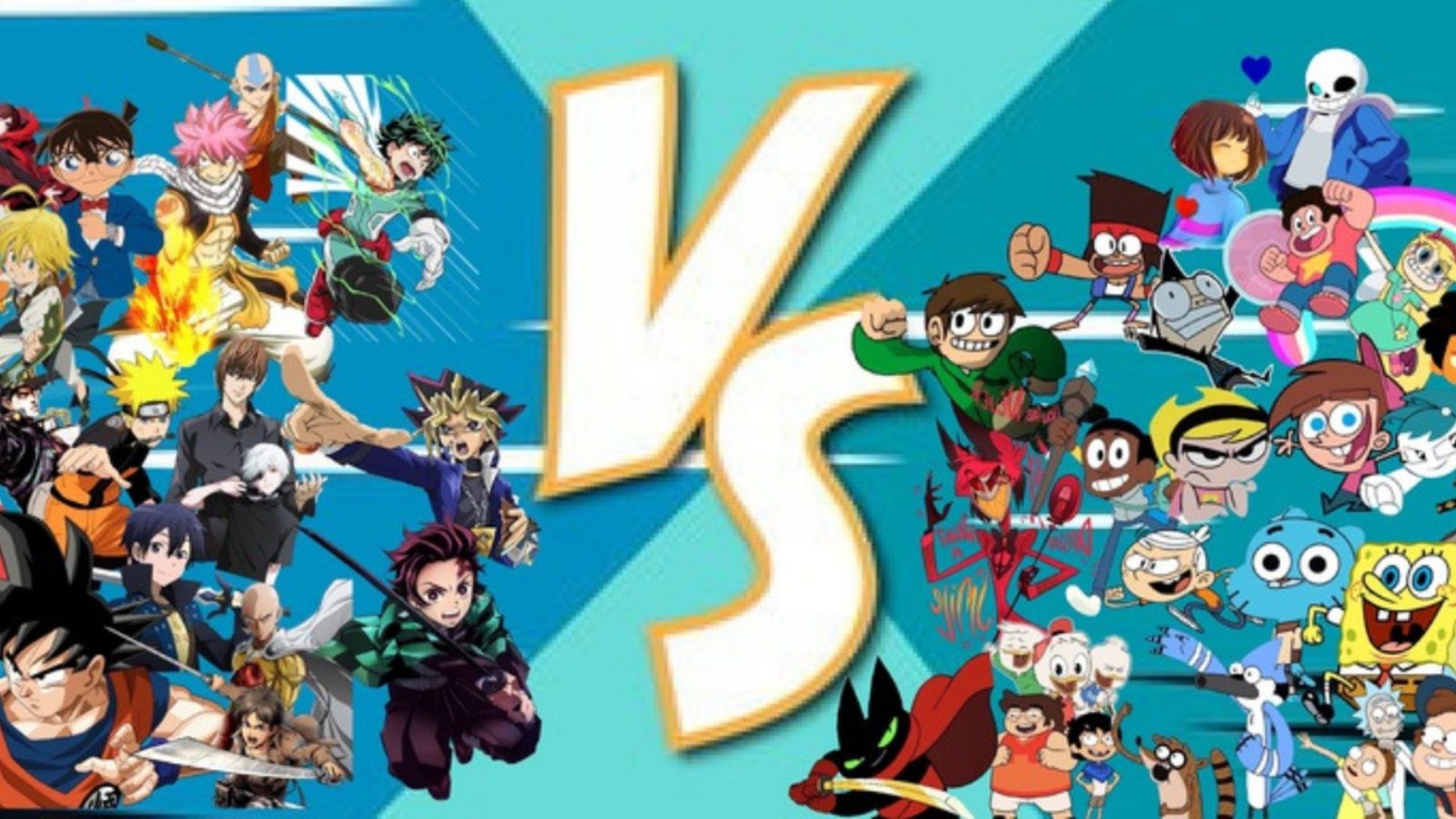Japanese literature has long been a rich source of inspiration for anime creators, resulting in some of the most iconic anime adaptations in the world. These adaptations often bridge the gap between the written word and the visual spectacle, introducing new generations to classic works of literature and contemporary novels. Whether it’s a timeless classic or a modern light novel, anime adaptations allow these literary works to reach a global audience, gaining new life and popularity. In this blog post, we will explore some of the most iconic anime adaptations of Japanese literature, showcasing how they bring these stories to life in dynamic and visually stunning ways.
1. Akira – Inspired by Katsuhiro Otomo’s Manga
Although Akira is technically an anime adaptation of Katsuhiro Otomo’s manga, it has become one of the most influential works in both anime and science fiction. Released in 1988, Akira is set in a dystopian post-apocalyptic future and explores themes of government corruption, power, and the human psyche. While the manga itself is a masterpiece of storytelling, the anime adaptation elevated it to international acclaim, introducing global audiences to both the medium and Japanese literature.
Impact on Literature and Anime:
- Akira is one of the first anime films to have a significant cultural impact outside Japan, influencing not only anime but also Western film, comics, and pop culture.
- It showcased how manga and anime could successfully blend literature and cutting-edge animation, inspiring future adaptations of Japanese literature.
2. Your Name (Kimi no Na wa) – Based on the Novel by Makoto Shinkai
Makoto Shinkai’s Your Name began as a novel written by the author himself and later adapted into a highly successful anime film. The story revolves around two teenagers, Taki and Mitsuha, who mysteriously swap bodies and must navigate each other’s lives while uncovering a deeper connection that transcends time and space. The novel, like the anime, beautifully explores themes of love, fate, and loss.
Why It’s Iconic:
- The anime adaptation was a major commercial and critical success, grossing over ¥40 billion (about $400 million) globally.
- Your Name brought Shinkai’s novel to the world stage, resulting in increased international interest in his works.
3. Norwegian Wood – Based on the Novel by Haruki Murakami
Haruki Murakami’s Norwegian Wood is a poignant coming-of-age novel about love, loss, and mental health, set against the backdrop of 1960s Japan. The novel’s haunting themes and introspective writing were perfectly suited for adaptation into a live-action film, but it was the anime series Norwegian Wood that gained attention in some circles for its distinct emotional resonance and aesthetic approach.

Significance of the Adaptation:
- While the anime adaptation of Norwegian Wood is not as well-known globally as other works, it introduced a fresh interpretation of Murakami’s lyrical writing style through the art of animation.
- It remains a critical example of how Japanese literature can be adapted into anime while maintaining its emotional depth.
4. The Tale of the White Serpent (Hakujaden)
Released in 1956, The Tale of the White Serpent is one of the earliest examples of anime adaptations of Japanese folklore and literature. Based on a Chinese legend, the film explores the love story between a human man and a serpent who transforms into a woman. The anime was groundbreaking for its time, being the first full-length color anime film produced in Japan.
Why It’s Iconic:
- The movie’s animation was revolutionary for its time, making it a classic of Japanese cinema and literature-based anime.
- It helped establish the potential for anime to adapt traditional folklore and literary narratives into accessible, visually appealing formats.
5. Monogatari Series – Based on the Light Novels by Nisio Isin
The Monogatari Series by Nisio Isin is a collection of light novels that blend supernatural elements, Japanese mythology, and philosophical musings into an engaging narrative. The series follows the protagonist Koyomi Araragi as he encounters a range of oddities and supernatural beings. The anime adaptation, produced by Shaft, is known for its visually unique style and fast-paced dialogue, which stays faithful to the fast-talking, literary nature of the novels.
Impact on the Anime Landscape:
- The Monogatari series, with its distinct narrative style and visual flair, has had a profound influence on the anime industry, especially in terms of how dialogue-driven narratives can be adapted into anime.
- The series has become iconic for its portrayal of complex characters and themes such as the nature of identity, desire, and human interaction, making it a standout in modern anime based on literature.
6. Rurouni Kenshin – Based on the Manga by Nobuhiro Watsuki
While Rurouni Kenshin started as a manga, its anime adaptation has been a significant part of the international expansion of Japanese literature. The story follows Kenshin Himura, a wandering swordsman with a dark past, who seeks redemption through helping those in need. The series blends historical fiction with action and drama, drawing inspiration from Japan’s Meiji period and historical events.
Why It’s Iconic:
- Rurouni Kenshin is one of the most popular anime series worldwide and is considered an essential example of historical fiction in anime, setting the standard for adaptations of samurai-themed literature.
- The anime’s success helped the manga become one of the top-selling series in Japan, highlighting how anime adaptations can significantly influence the popularity of their source material.
7. The Tale of Genji – Based on the Classic Novel by Murasaki Shikibu
Often referred to as the world’s first novel, The Tale of Genji by Murasaki Shikibu is a 11th-century classic that explores the life and loves of the titular Genji. The novel is deeply philosophical, reflecting on human nature, relationships, and the fleeting nature of life. The anime adaptation, which was made in 1987, offers a visually stunning and faithful retelling of this timeless work.
Why It’s Iconic:
- The Tale of Genji is a cornerstone of Japanese literary heritage, and its anime adaptation introduced the classic work to a broader audience.
- It’s an example of how anime can revive and reinterpret ancient literature for a new generation, making the stories accessible to younger audiences while preserving their cultural significance.
8. Grave of the Fireflies – Based on the Semi-Autobiographical Novel by Akiyuki Nosaka
Grave of the Fireflies, directed by Isao Takahata, is based on the semi-autobiographical novel by Akiyuki Nosaka. The story follows two children struggling to survive in the aftermath of World War II. The novel, much like the anime, poignantly explores themes of war, survival, and the bond between siblings.
Why It’s Iconic:
- The anime adaptation of Grave of the Fireflies is considered one of the most emotionally powerful animated films ever made, with a deep connection to the novel’s themes.
- The story has transcended the realm of Japanese literature, becoming a global symbol of the devastating effects of war.
Conclusion
Anime adaptations of Japanese literature offer a unique and exciting way to bring the written word to life, offering both fans of anime and literature a chance to experience these works in new and dynamic ways. From historical epics to modern psychological dramas, these adaptations have become iconic in their own right, influencing not only the anime industry but also the global appreciation for Japanese storytelling. Whether based on light novels, historical fiction, or modern classics, anime continues to be a powerful medium for expanding the reach of Japanese literature to the world.










